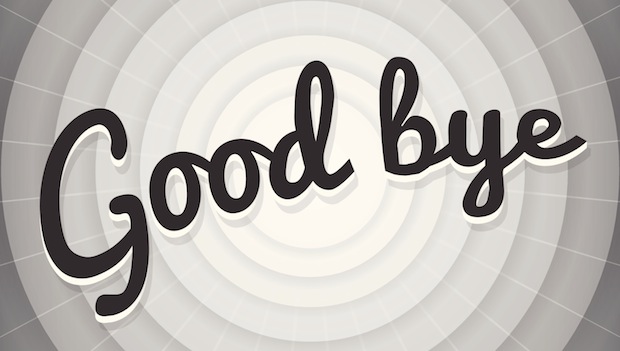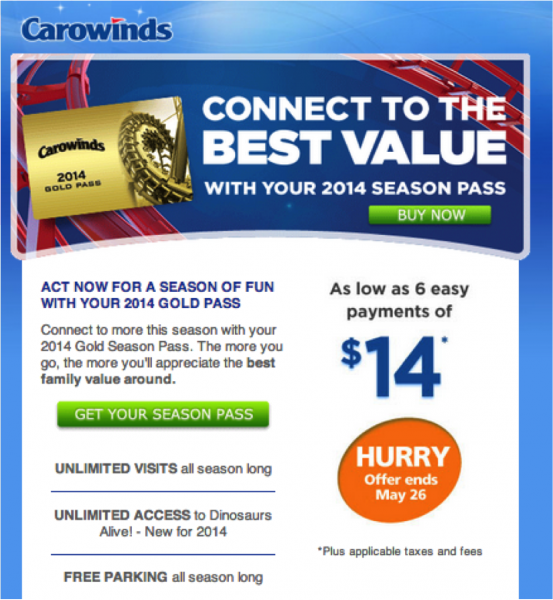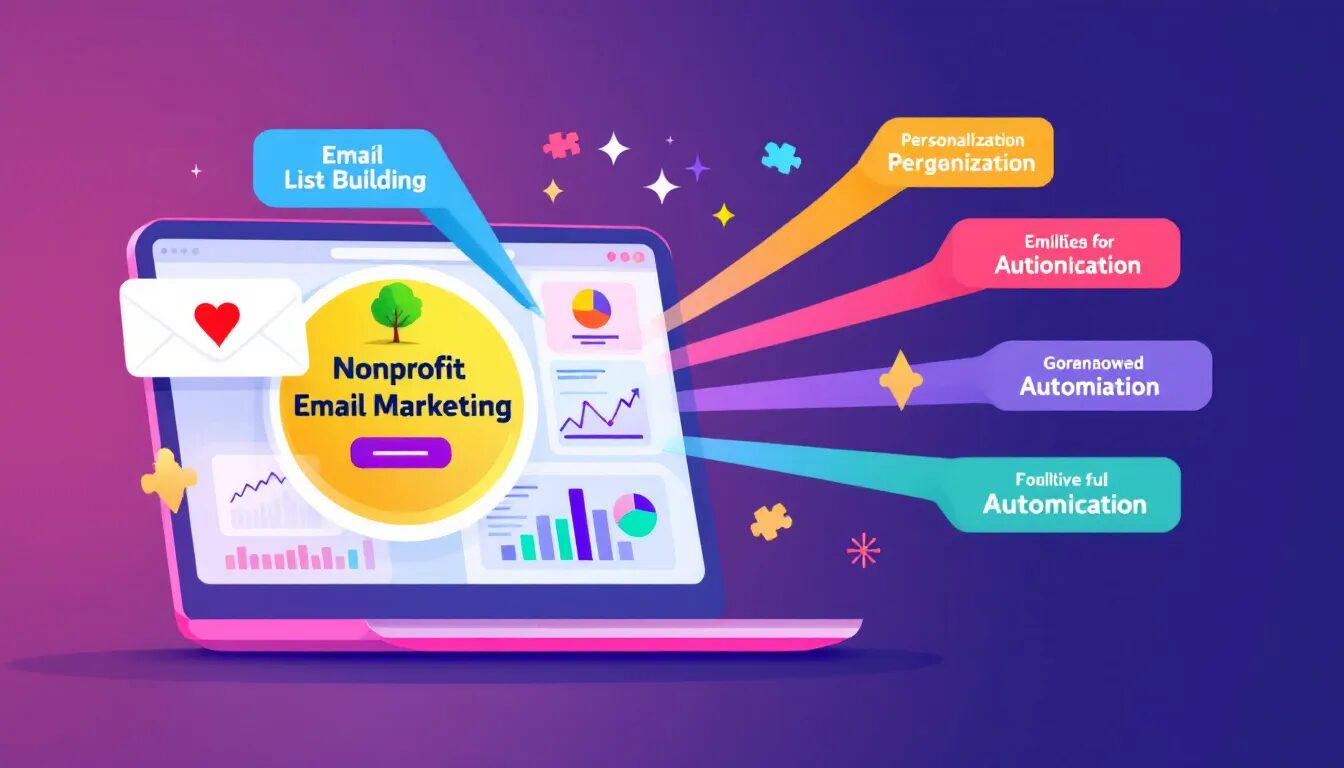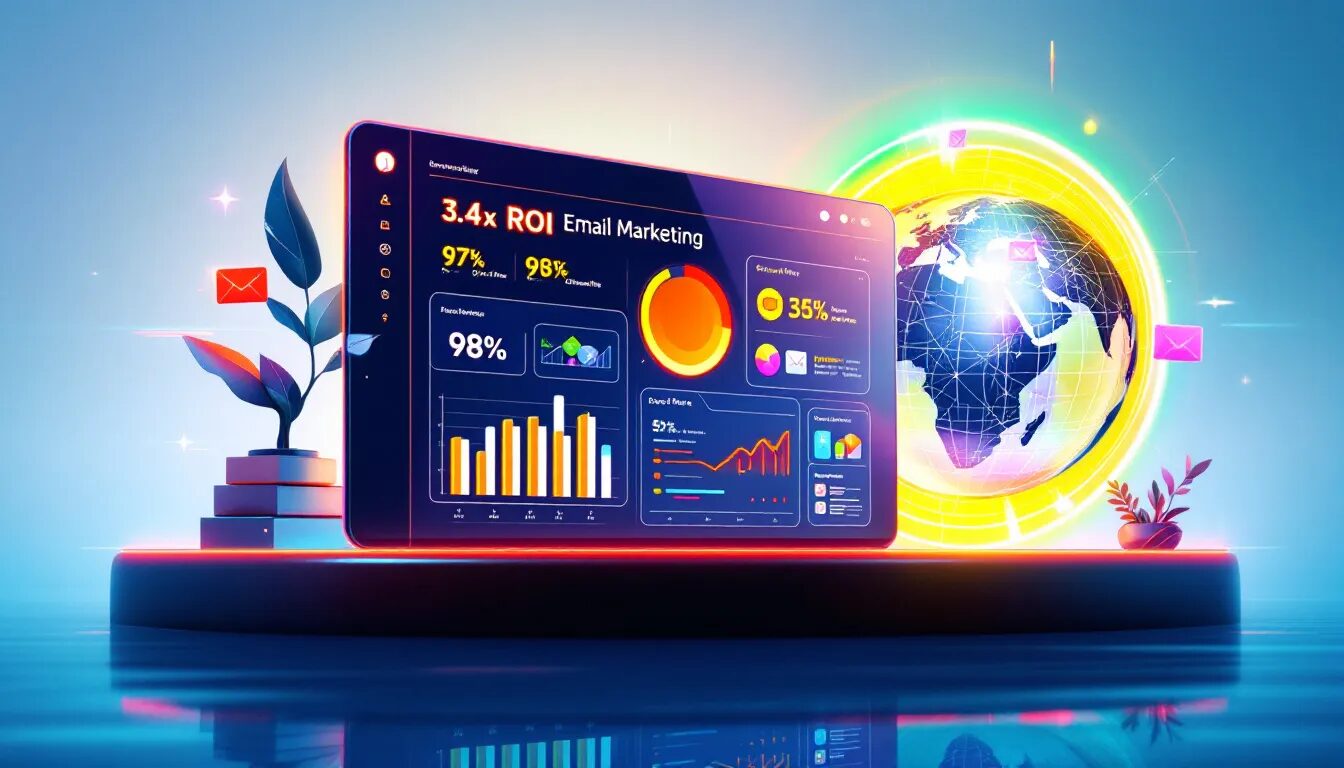
Top 4 Reasons People Unsubscribe & How to Keep Them
Wonder why people unsubscribe from your email list? You’re not alone.
First, let’s talk stats. According to MarketingProfs, the average unsubscribe rate for most small businesses is below one percent. In fact, the average unsubscribe rate is about .25 percent. But what makes that .25 percent jump from your email ship? With the help of marketer Randy Aimone from Leading Results, we’ll count down the top four reasons why recipients unsubscribe your email, David Letterman style; saving the most popular reason for last. And, we’ll include some quick tips on how to keep them from leaving in the first place.
4. Sending to anyone and everyone
You don’t want to send emails to people that were never interested in what you’re sending. To avoid this common mistake, grow your list organically, always ask for permission to add each recipient to your list and only send your recipients the information you said you would (as explained on your signup page). In other words, you shouldn’t bolster your list with names of friends and family, or add a colleague to your list just because you exchanged business cards at a meeting. And you shouldn’t start sending daily promo emails to those who signed up for a monthly event email.
You want a list that’s full of people who are interested; otherwise you may see an uptick in unsubscribes.
To grow your list, make it extremely easy for people to opt in. If you’re in need of a few creative places to include email sign up forms, check out a recent post on this topic.
3. Sending irrelevant emails
If your emails are irrelevant to recipients, your unsubscribe rate will increase. Make sure that every email you send offers valuable content that your target audience wants to read.
Aside from creating high quality, niche-specific content, you should also segment your email list. By splitting your list into different pieces, you’ll be able to send a more targeted message to these groups of people.
If you’re emailing everyone on your list, it’s hard to tailor your message. For instance, this email that was sent by an amusement park and promotes a discount package, but if the recipient already has the gold pass, the email becomes irrelevant.
2. It’s not you! Changing interests
People’s interests change. Email preferences do, too. Maybe a recipient no longer needs your product or service, or maybe he or she found what they were looking for somewhere else. It happens. In some cases, the unsubscribe rate isn’t caused by something you did wrong; it’s just a natural progression.
1. Flooding inboxes
If you’re emailing recipients too much, they may unsubscribe. In fact, that’s the number one reason people leave email lists, Aimone says.
How many emails should you send on a weekly basis? The answer isn’t set in stone but take a look at the example below. Some people would consider five emails in three days a bit much.
Every business is different, but a simple lesson you learned in grade school is actually helpful here: “If you don’t have anything good to say, don’t say it at all.” In other words, if you don’t have a good reason to send an email, don’t. Stay true to the frequency that you promised on your email sign up page and if you need to change it, let your audience know and allow them to choose if they want to stay or go. The key is to let them know what value they receive in getting more frequent emails from your company.
Keep in mind that unsubscribes aren’t all bad. If you aren’t living up to your recipient’s expectations, that’s a problem; however, if a recipient opts out for reasons that aren’t connected to quality or frequency, then it’s best to let those people go and make it easy for them to do so. Here are 9 things to never do with an email unsubscribe.
How do you handle email unsubscribes? Share in the comments.
Want more tips like this delivered to your inbox? Sign up for our newsletter.
© 2014, Contributing Author. All rights reserved.





